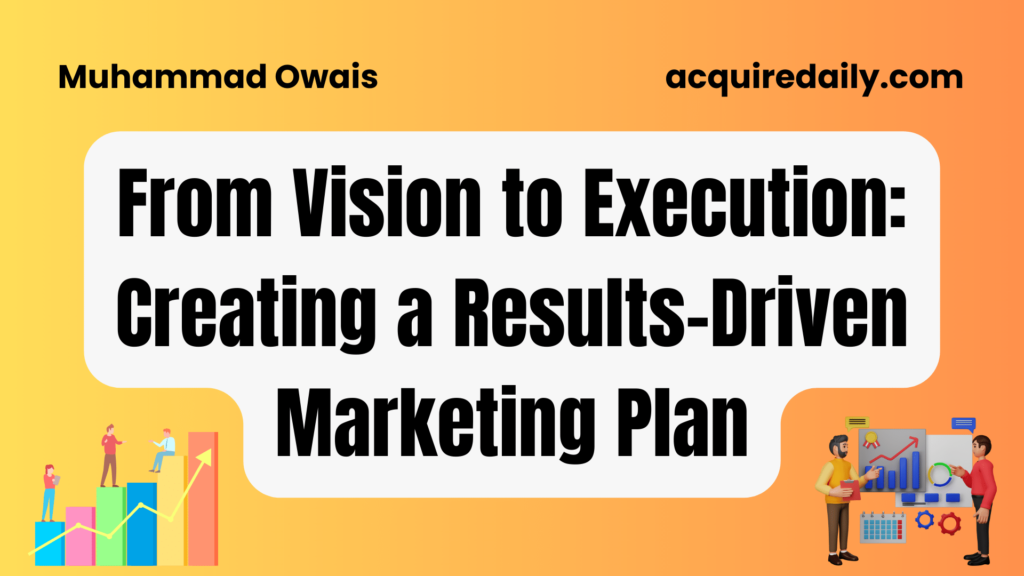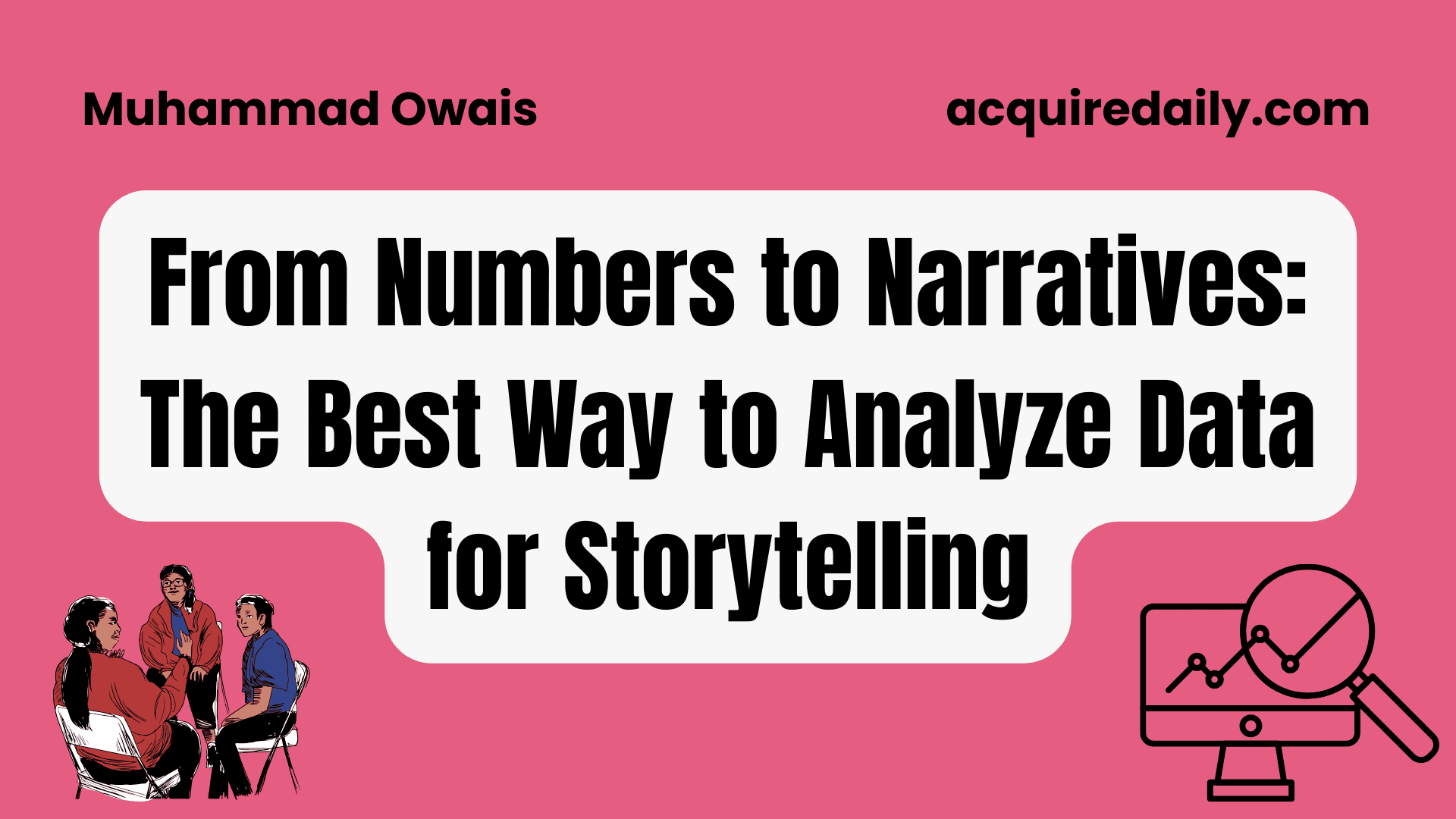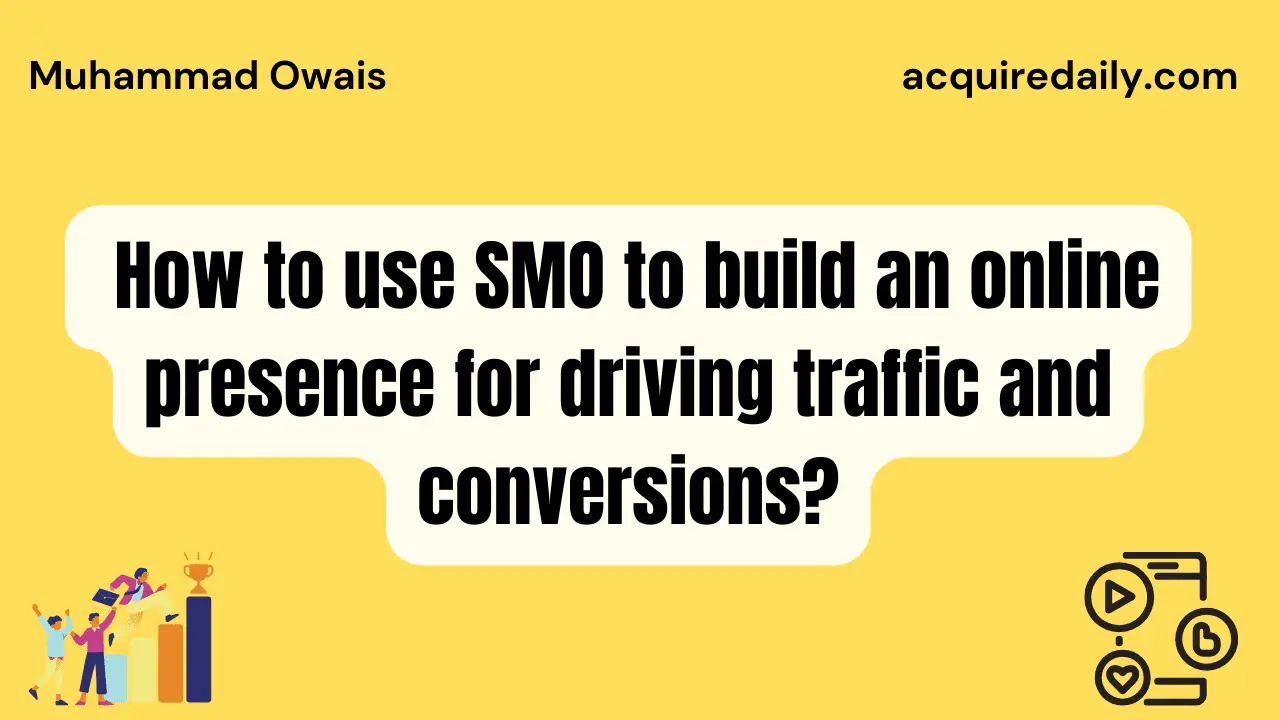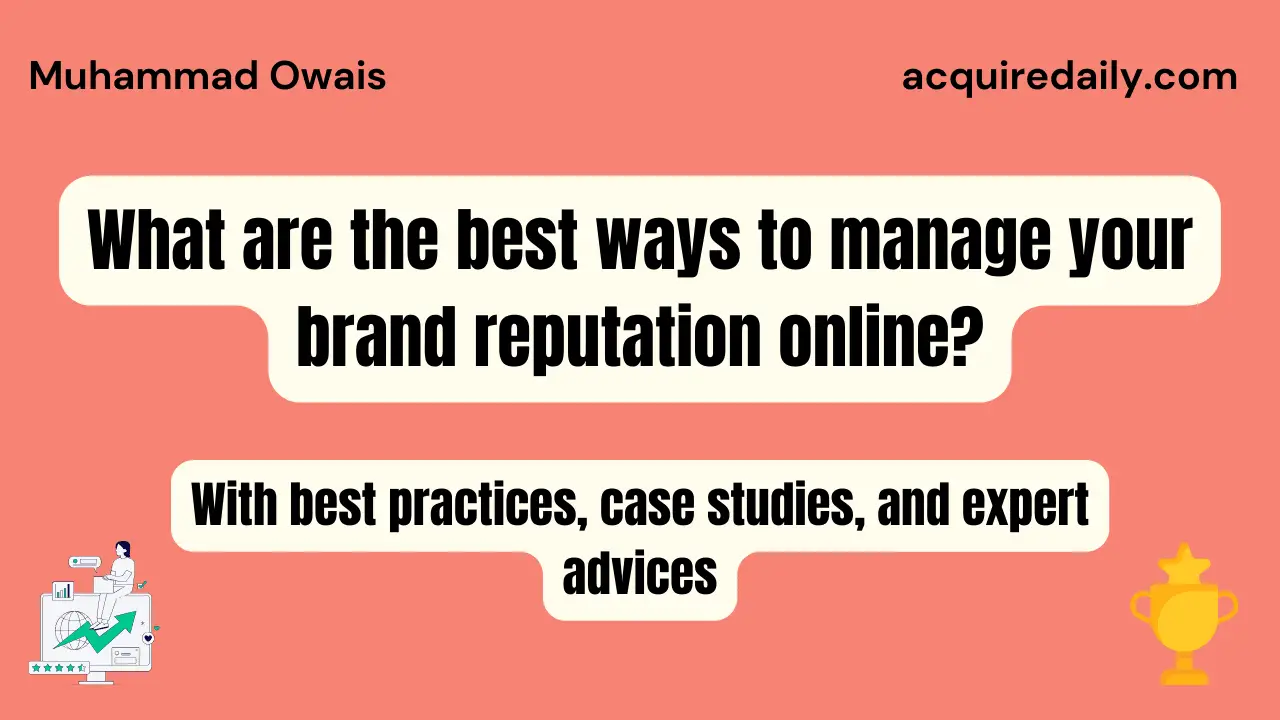What is a Marketing Plan?
A marketing plan is an essential strategic document that outlines the steps to achieve your business goals through marketing tactics and strategies. It serves as a roadmap to align your efforts, resources, and teams toward a shared objective. An effective marketing plan analyzes your business’s current state, identifies opportunities for growth, pinpoints your target audience, and lays out data-driven tactics to reach them.
Unlike an ad hoc approach, a documented marketing plan creates clarity across your organization. With a strong plan in place, you have a framework to organize marketing activities, assign responsibilities, and measure outcomes. It also drives collaboration by getting all stakeholders working towards the same KPIs.
A great marketing plan is not a stagnant document. It should be revisited and updated regularly based on emerging customer data, market trends, and competitive activity. Built with agility in mind, the marketing plan empowers your brand to swiftly capitalize on new opportunities for growth.
Marketing Strategy vs. Marketing Plan
While often used interchangeably, there’s an important distinction between a marketing strategy and a marketing plan:
Marketing Strategy:
The high-level, long-term approach to achieve marketing objectives.
Marketing Plan:
The written document detailing the tactical implementation of the strategy through campaigns, budget allocation, timelines, and task ownership.
In simpler terms:
Strategy provides direction, plan turns direction into action.
Your marketing strategy aligns with your overarching business vision, mission, and goals. It defines your brand’s positioning and the value you deliver to your target customers.
The marketing plan connects the dots by mapping out the specific activities to manifest strategic intent into tangible results. It’s where the rubber meets the road — turning lofty goals into step-by-step execution.
Business Strategy vs. Business Plan
Similar to the difference between marketing strategy and marketing plans, business strategies set broad objectives and business plans detail the operations to achieve them.
Your business strategy is based on long-standing elements like:
- Core values
- Mission
- Vision
- Positioning
It has a long-term outlook to set the stage for decision-making across the organization.
Comparatively, a business plan is tactically focused on execution in the short to medium term. It brings clarity to the “how” behind realizing business strategies by clearly defining:
- Goals
- Budgets
- Forecasts
- Milestones
- Tactics
With alignment between business strategy and business planning, you create a synergy that propels growth.
Types of Marketing Plans
Marketing plans come in all shapes and sizes fitting diverse business situations. While each contains common components like goal alignment, budgeting, and KPIs, plans segment into archetypes based on key elements of variability:
Time Horizon
Annual Marketing Plans: Year-long effort tied to typical business planning cycles. Allows flexibility to course correct.
Multi-Year Marketing Plans: 3-5 year version focused on broader growth initiatives requiring longer investment runways before payoff.
Campaign Specific Plans: Shorter duration plans tailored to the needs of specific initiatives like new product launches.
Structure
Comprehensive Master Plans: Details strategies and tactics for all marketing focus areas and teams with shared KPIs.
Modular Plans: Separate interconnected plans for major focus areas — brand plan, content plan, acquisition plan, retention plan, etc.
Channel/Tactic Plans: Plans concentrate resources towards mastery of specific high-return channels or marketing tactics.
Customer Sequence
New Customer Acquisition Plan: Concentrates marketing efforts to maximize inbound leads and new customer conversion.
Customer Retention/Loyalty Plan: Shift focus on the existing book of business with goals around retention, cross-sell, and upsell.
When embarking on marketing planning, first clarify the desired timeframe, scope, and customer focus based on prioritized business objectives — and align the plan format to best support them.
State Your Business Vision & Mission
As highlighted above, every marketing plan starts by revisiting your business vision and mission. This grounds the planning process in core purpose and priorities.
Your vision statement should crisply convey your ambitious dream state. It inspires stakeholders by illustrating the big-picture future you’re working towards.
Complement this by clearly articulating your mission statement. Mission statements describe the unique value you bring customers every day. It’s an expression of purpose focused on shortcuts outcomes vs. lofty visions.
With vision and mission statements as guiding lights, your plan can align execution around due north objectives. They enable the long-term consistency and decision-making framework to drive growth.
Bridging Vision, Mission, and Execution
Lovely visions, and inspirational missions — but how do you translate these into actual revenue and profits?
This is where rigorous marketing planning comes in. After defining (or redefining) vision and mission, bridge the gap between ambition and action by asking:
What key goals do we need to set to realize our vision and mission? How will we track progress and measure success?
Then document 2-3 overarching marketing goals to cascade vision and mission through to execution. Effective marketing goals are:
- Aligned to business strategy
- Specific
- Measurable
- Realistic
- Timebound
Pro Tip: Limit goals to vital few areas with the biggest impact on vision and mission success. Avoid dilution by getting lost in the trivial many.
Determine the KPIs for Vision & Mission
With goals set, identify key performance indicators (KPIs) to track progress toward mission and vision actualization.
KPIs are quantifiable measures enabling real-time insight into marketing goal achievement.
Common examples include:
- Website traffic
- Lead generation
- Engagement rates
- Sales velocity
But identify KPIs specific to your most important goals, like:
- Market share in target segments
- Brand awareness lift
- New product adoption rates
Pro Tip: Limit your KPI selection to the one or two optimizing towards. Tracking too many metrics leads to confusion and a lack of focus.
Setting the Stage: Understanding Your Business Goals
Now that you’ve reconnected your marketing plans to a high-level business vision and mission, double-click on current business objectives. Document these to further guide marketing goals and strategy alignment.
Interview leadership across departments to populate a master list of enterprise-wide goals. Look for common themes coming out of sales, product, finance, and other divisions. Identify overlaps with the stated vision and mission.
Then pare down the goals list to the most crucial 2-3 business objectives your marketing initiatives can directly impact. This brings clarity to focus areas with the greatest revenue and profit potential.
Pro Tip: Setting business goals is a collaborative effort, but be wary of dilution here too. Limit to most vital areas to effectively concentrate resources for maximum impact.
Start with a Pre-Marketing Plan
You’ve connected vision and mission to marketing goals and clarified business objectives. Now lay the groundwork for constructing your tactical document.
Start by detailing key information in a “pre-marketing plan” covering:
- Business & Industry Profile
- Product/Service Overview & Benefits
- Competition Analysis
- Historic Marketing Performance
- Campaign Analysis
- Budget & Spend
- Channel Mix
- Emerging Opportunities & Risks
Fleshing out your current situation in a pre-marketing brief prime your team for strategic planning by providing:
- Focus: Centers planning efforts around salient business facts and primary challenges/opportunities.
- Alignment: Creates a shared understanding of core elements across the organization to improve collaboration.
- Perspective: Fosters big-picture thinking beyond departmental silos to identify optimal growth levers.
With your pre-marketing plan complete, shift gears into defining strategies and tactics.
Reverse Engineer Your Plan
The most effective approach to modern marketing plans entails working backwards — reversing traditional planning steps.
Historically plans started with high-level strategy, progressed towards tactical elements like budgets and campaigns, and finished with measurement planning.
Flip this approach on its head by tying measurement back to execution back to strategy in reverse order, like so:
- Define Success Metrics & KPIs
- Map Tasks to KPIs
- Construct Campaign Framework
- Identify Enabling Tactics
- Establish Supporting Strategies
Here’s why starting with quantifiable targets and reverse engineering through tasks and tactics produces better plans:
Clarity: Measures provide unambiguous targets to evaluate success and guide priority decisions.
Precision: With end goals defined, you can craft strategies and campaigns tailored to driving KPIs.
Simplicity: Reverse engineering fragments complex plans into bite-sized achievable units.
Relevance: Backward-building continually references success metrics to ensure relevance.
So anchor your marketing plan around crystal clear outcome measures, then chart a course to systematically reach them.
Now let’s explore the key planning steps through a backward lens.
Market Analysis: Gaining Insight for Informed Decision-Making
The first “reverse” step entails understanding the broader landscape in which your marketing initiatives must perform. Holistically assessing market conditions, trends, competitors, and customer perspectives prepares you to plan responsive strategies tailored to capitalize on opportunities and overcome threats.
A 360-degree market overview covers factors like:
Market Size, Historic Growth, & Segmentation: Quantify which segments present the biggest opportunities now and in the future.
Trend Analysis: Spot emerging trends to ride waves of change instead of being disrupted by them.
Competition Benchmarking: Compare competitor offerings, positioning, and past performance to find openings.
Channel/Media Consumption: Discover current and emerging media consumption patterns in your market to optimize spend.
Macro Trends & Advanced Data Analysis: Apply techniques like conjoint analysis to reveal hidden insights that inform strategy and tactics.
Pro Tip: Leverage market intelligence tools and data sources for quick access to rich insights without getting mired in analysis paralysis.
Defining Your Target Audience: Precision in Marketing
The most effective marketing plans contain a laser focus on niche target customer groups instead of generic mainstream appeal. Defining your core customer base and their needs, behaviors, concerns, and values enables messaging relevance and campaign optimization.
Build detailed buyer personas across key segments. Understand what motivates them to buy, triggers decisions, and delights beyond basic needs fulfillment. Go deep with empathy and understanding.
Perform customer discovery calls to populate personas with insights. Continually enhance them as part of campaign measurement and feedback loops.
Evolve personas into lookalike modeling for precision ad targeting and personalization across channels — sending the right messages to the right people as scale.
Getting inside your audience’s hearts and minds breeds marketing creative, copy, and campaigns that powerfully resonate.
SWOT Analysis: Assessing Internal Strengths & Weaknesses
With external dynamics understood, apply the same rigor evaluating internal capabilities that determine marketing success.
Conduct a SWOT analysis by asking difficult questions to objectively surface your firm’s:
Strengths – What assets, competencies, and differentiators can be leveraged in marketing execution?
Weaknesses – What resource constraints, knowledge gaps, or structural issues could hamper marketing effectiveness?
Facing organizational limitations head-on enables savvy mitigation planning focused on where you uniquely excel. Don’t gloss over this step.
Pro Tip: Leverage SWOTs across departments and teams. Collaborative SWOTs build alignment on priorities and needs for enablement.
Opportunities and Threats: Navigating External Factors
Your market analysis highlighted macro trends, competitor activity, and customer needs evolution. Scan these for:
Opportunities – What market shifts or dynamics could you capitalize on with agile marketing?
Threats – What changes pose risks if not addressed through marketing initiatives?
Identifying openings to own and emergent threats to defend against focuses strategies and budgets on seizing the best opportunities and overcoming the biggest risks.
Pro Tip: When assessing opportunities and threats, apply the Pareto Principle to isolate the 20% driving 80% of the impact for your business.
Strategic Positioning: Finding Your Unique Value Proposition
Now integrate learnings from market awareness, SWOTs, and opportunities/threats into defining your strategic positioning. Ask:
What unique value do we deliver to customers, unlike any other option they have? What niche can we own through tailored marketing initiatives?
Clarifying your differentiated value proposition is a prerequisite to effectively conveying why target customers should engage, buy, and stay loyal to your brand above all else. It’s the golden thread tying together marketing creative, messaging, and campaign design.
Lean on insights uncovered from buyer personas here too. Fulfilling unmet customer needs through unique value propositions leads to outsized growth.
Budgeting: Allocating Resources for Optimal ROI
With strategic foundations set, transition to tactical marketing plan elements like budgeting. Most plans inadequately account for costs across campaign components, support needs, and staffing.
Take an inventory-style approach to build budget bottoms-up for each marketing initiative and supporting resource requirements across the organization. Identify areas where collaboration between divisions unlocks budget efficiencies.
Set budgets against historic performance baselines and growth targets. Demonstrate how spending translates to revenue and margin gains through ROI modeling. Plan for surplus buffers for experimentation and unknowns.
Budgeting rigor directly impacts your ability to optimize marketing performance.
Channel Selection: Choosing the Right Platforms for Your Audience
Today’s expanding marketing channels present endless options to engage your audiences. But more channels introduce complexity in coordinating messaging and optimizing spending.
Plot your target buyer journeys to discover moments that matter most in their discovery, evaluation, and decision cycles. Review media consumption habits uncovered through earlier market analysis.
Then determine channel mix priorities across formats like:
Owned (Website, Social, Email) Earned (PR, Reviews) Paid (PPC, Paid Social) Shared (Referrals)
With ideal channels mapped, detail the precise execution plan for each using their native analytics to continually enhance performance.
Marketing Attribution modelling is key here — apply rigor allocating value across channels contributing to pipeline and revenue.
Content Strategy: Creating Engaging & Relevant Material
Compelling, differentiated content builds brand affinity and audiences over time. But developing captivating creative requires no less effort than media plan coordination and budgeting.
Audit existing content against audience needs, buyer journeys, and marketing funnel stages. Assess themes performing best and gaps exposing you to competitors capitalizing on them.
Construct an editorial calendar detailing the various content types needed to be mapped to audience segments and funnel progression. Plan formats like blogs, visual assets, videos, and tools calculators.
Implement workflows and technology for content creation, approval routing, distribution, and performance insights to streamline operations.
Getting the content strategy right powers both owned and paid media plans through continually refreshed, high-quality material worth discovering and sharing.
Campaign Planning: Sequencing and Coordination for Impact
By now you defined strategic brand positioning, persona-aligned messaging, and budget across primary channels. Next, apply the power of sequencing through campaign planning.
Plot targeted campaigns guiding prospects across their buyer journey leveraging messaging resonance mapped to each funnel stage.
Plan campaigns promoting content and assets that first grab attention, then educate, followed by convincing to convert.
Schedule campaign deployment based on seasonal factors in your market and known sales cycles across customer segments.
Use preliminary performance data to inform campaign design optimization and sequential coordination for maximum impact.
Metrics & KPIs: Establishing Benchmarks for Success
The most crucial element comes last in reverse-engineered marketing plans — quantifiable success metrics.
Specify exactly how you’ll define and measure marketing success with precise KPIs — the quantifiable outcomes enabling unambiguous assessment of progress towards goals.
Tie metrics directly back to the business objectives, marketing goals, budgets, and campaigns plotted throughout the planning process. They should answer:
How will we know our marketing efforts are advancing core growth priorities across the organization?
Establish clear baseline performance levels for improvement comparison. Leverage historic marketing analytics or competitors.
Pro Tip: Overinvest in analytics and measurement infrastructure to unlock the rich data fueling modern marketing optimization.
Implementation Roadmap: Turning Plans into Action
With strategies, budgets, and metrics defined — shift to tactical execution planning. Construct a detailed marketing calendar highlighting all activities across channels and campaigns.
Plot interim milestones demonstrating step-by-step progress toward KPI targets. Assign owners across department teams for transparency and accountability.
Software calendar visualization fosters collaboration with campaign activity, milestone check-ins, budgets, and briefings in one place. Centralized plans enable flexibility to shuffle resources to capitalize on changes.
Bring your plan full circle by continually referencing roadmaps to ensure teams execute within guiding strategies and evolving budget constraints. A roadmap turns plans into reality.
Team Collaboration: Ensuring Cross-Functional Alignment
Growth-centric modern marketing requires tight collaboration between departmental teams traditionally operating in silos. Break down walls by fostering transparency, open communication, and leadership commitment to shared objectives.
Institute weekly cross-functional syncs to review the latest campaign data, upcoming activity, and engagement trends together. Celebrate joint wins that marketing generates to build reciprocity and camaraderie.
Develop mechanisms for real-time operational updates across divisions to act as one fluid team vs disjointed units. Shared KPIs and marketing calendars enable this. Act on them.
Marketing effectiveness multiplies through cross-team orchestration. But culture and leadership must instill the trust and cohesion necessary to capitalize.
Learning from Data: Making Informed Adjustments
The best marketing leaders remain vigilant interpreting the troves of data modern martech and automation systems produce to glean advantage. But analysis without action stalls growth.
Build fluid frameworks to rapidly apply data-led discoveries to optimize resource allocation across campaigns, channels and creative direction.
Monitor analytics dashboards for shifts from baselines. Dig into changes and quickly validate hypotheses about what’s driving them. Then reallocate to double down on what works.
Create a test-and-learn organization culture focused on continual refinement vs. locking in rigid multi-quarter plans and hoping they work amidst market changes.
Share Success
Amidst the hustle of implementation and constant optimization, celebrate wins with stakeholders when campaigns drive metrics in the right direction.
Rally the organization around marketing fueled growth with communications highlighting what’s working and why — backed by data. Fuel future collaboration by showcasing how your team’s efforts directly advance company objectives.
Marketing and sales often exist in tension; leverage success sharing to transform relationships from friction to tribal celebration of shared results.
Case Studies: Real-Life Examples of Results-Driven Plans
In a world captivated by stories over stats, showcase real-life examples of marketing plans powering business success through compelling case studies:
Before / After Business Impact: Quantify baseline vs. post-plan performance showing revenue, profit and goal achievement growth.
Supporting Data Trends: Graphically showcase improved trajectory across key metrics since instituting your documented marketing plan and processes.
Customer Perspective: Spotlight delighted customer quotes praising your offerings and content (secured through surveys and interviews).
Employee Feedback: Gather testimonials across departments on how aligned marketing activities made their roles easier.
Concise and visual case studies build conviction in your approach while providing helpful precedent to guide future planning cycles.
Visit Oxnard Marketing Plan
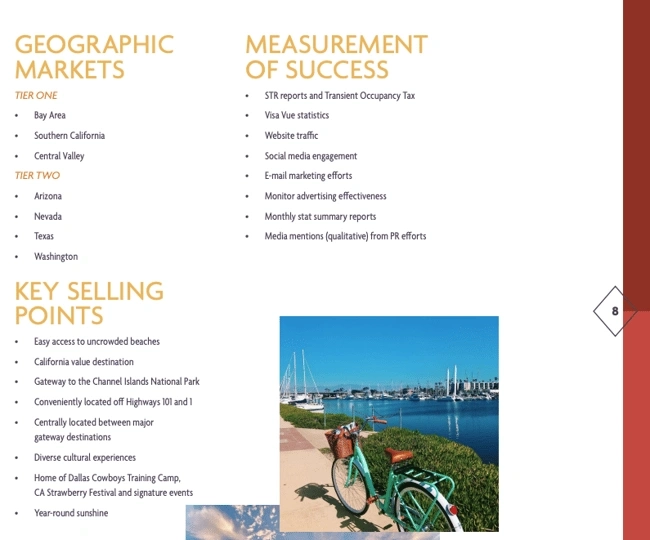
Why This Marketing Plan Works
- Defines specific, measurable, achievable, relevant, and time-bound (SMART) goals aligned to key business objectives
- Incorporates market research, customer analytics, and competitive intelligence to ground strategies in data-driven decisions
- Details key performance indicators (KPIs) and success metrics to benchmark progress and optimize ongoing performance
Wright County Economic Development Marketing Plan
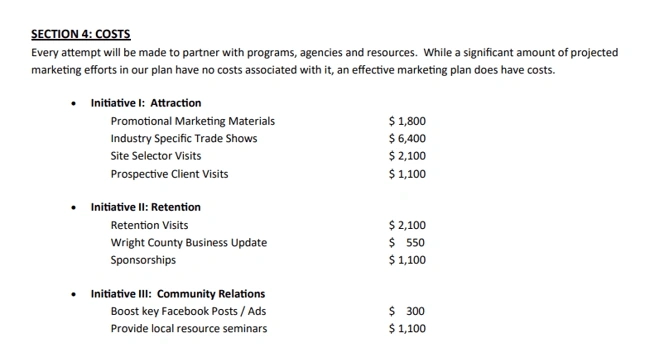
Why This Marketing Plan Works
- Opens with an executive summary articulating the business imperatives driving proposed strategic shifts
- Visually spotlights core recommendations through charts and infographics for digestion at a glance
- Provides granular budgets, headcount models, and ROI projections across scenarios to inform selection
Safe Haven Family Shelter Marketing Plan
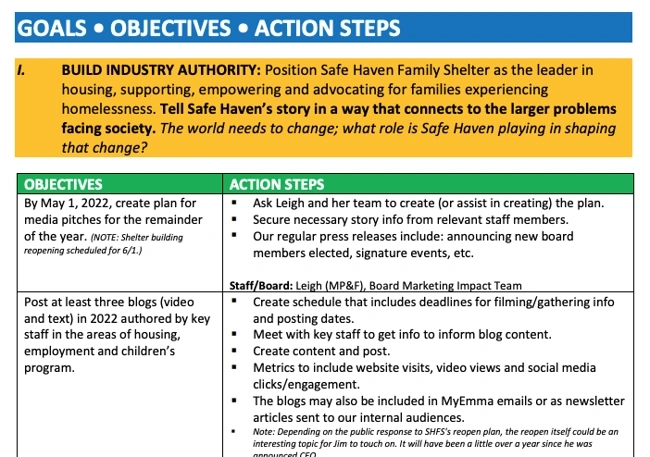
Why This Marketing Plan Works
- Reaffirms foundational marketing pillars while layering in emerging growth opportunities
- Leverages visual hierarchy, color coding, and bold fonts to spotlight vital strategic shifts
- Concludes with visionary ambitions for the function, unifying messages, and forward-looking imperatives to align on the desired end-state
Pitfalls to Avoid: Common Mistakes in Execution
Even armed with thorough plans, executing complex marketing strategies comes with traps for the unwary.
Steer clear of common pitfalls like:
Micromanaging Campaigns: Obsessively tinkering vs. trusting plans (then optimizing)
Analysis Paralysis: Endlessly debating data vs. deciding and acting
Shiny Object Chasing: Jumping to new tactics before perfecting underlying strengths
Channel Cannibalization: Overlapping initiatives that compete vs. complement
Campaign Scope Creep: Losing focus by continually expanding efforts
Turtle Trapping: Using legacy metrics that fail to capture digital results
Lone Wolf Marketing: Attempting to execute without cross-functional buy-in
Lacking Agility: Rigid annual planning vs. fluid fine-tuning
Success Amnesia: Ignoring what worked last campaign when designing a new
Learn through post-mortems on previous plan periods to safeguard against repeat gaffes — your future initiatives will reap big benefits.
Conclusion: Celebrating Success and Planning for the Future
Realizing lofty marketing goals requires stitching together numerous moving parts into a comprehensive, agile plan of action. But the effort pays dividends in the form of data-driven growth.
Congratulations on completing a robust marketing plan poised to drive business success! Pat yourself on the back while you’ve already got momentum towards achieving core KPIs.
Then quickly shift attention to the future with an eye for continual optimization. Build institutional learning capabilities to refine strategies and tactics based on campaign analytics and market changes.
Stay vigilant to identify new levers that propel performance to the next level when current activities mature. Use planning as the vehicle to push boundaries on what’s possible through marketing innovation.
Here’s to effectively bridging vision with execution using plans as guiding pillars! Let the next exciting growth chapter begin.
Key Takeaways
- Align Strategies to Broader Business Goals
Effective marketing plans tie directly to the overarching company vision and objectives for the tightest strategic alignment.
- Map the Buyer’s Journey to Inform Campaigns
Get crystal clear on which stages to engage target customers based on their decision-making process.
- Reverse Engineer Plans from Success Metrics
Define the specific measurable outcomes then work backwards to tactical requirements driving them.
- Determine Optimal Channel Mix
Figure out the right channels and coordinated messaging to align with how your audience consumes information.
- Data Enables Continuous Refinement
Embed analytics and measurement infrastructure to continually optimize activities based on performance insights.
- Achieve Execution Excellence
A plan is only effective in its execution – optimize delivery across teams collaborating as one.
- Plan for Agility to Capitalize on Change
Build adaptable frameworks enabling fluid shifts in strategy as new opportunities emerge.
Marketing Plan FAQs
Q: How often should you update your marketing plan?
A: The best marketing plans build in agility by design. You should revisit key elements at least quarterly as new market data emerges, and conduct a comprehensive annual refresh. Set calendar reminders to ensure you review and update them regularly.
Q: What’s more important – having a perfect plan or getting started on execution?
A: Done beats perfect every time when it comes to marketing planning. Map directional strategies and budgets so your team can align activities while perfecting the details later. Prolonged planning delays action.
Q: Should my marketing plan be a separate document or part of my broader business plan?
A: In most organizations, comprehensive annual business plans still reign supreme. Ensure marketing strategies and financials are detailed out in dedicated sections for alignment while still assembling a supplemental dressed-down marketing plan for your team’s day-to-day execution guide.
Q: What does marketing planning software enable that DIY docs don’t?
A: Solutions like Monday.com combine templates, automated workflows, notifications, and collaboration capabilities so plans become living strategic guides instead of static Word docs. They provide speed, structure, and continuity benefits difficult to match otherwise.
Q: How much budget history and detail should I include in my plan?
A: No need to bog down your crisp strategic plan with lengthy historical tables on past budgets…but keep the last 2 fiscal years’ budget vs. actual marketing spend details handy in an appendix to inform this year’s planning.
Here is a Sample of the Marketing Plan
Company X
Executive Summary: A high-level overview of key elements in the marketing plan.
Goals & Objectives: The marketing goals and objectives tied to broader company goals over the next 1-3 years.
Target Audience Personas: Detailed overview of the buyer personas and target customer segments that marketing initiatives will focus on.
Gaining crystal clarity on who you seek to serve is the cornerstone of an effective marketing plan. Construct detailed buyer personas across target customer segments by exploring questions like:
- What are their hopes, motivations, and needs?
- What problems do they struggle with that we can help solve?
- How do they consume information and make purchasing decisions?
- What messaging resonates given their values and priorities?
Categorize your target audience exploration across dimensions like:
- Firmographics: Industry, company size, revenue
- Demographics: Age, gender, income
- Psychographics: Attitudes, values, interests
- Behavioral: Where they gather, how they engage, what provokes action
Get as specific as possible in quantifying the total addressable market size and prioritizing the highest potential niches to focus marketing efforts for maximum relevance and results.
Competitor Analysis: Analysis of competitor offerings, positioning, messaging, and market performance.
SWOT Analysis: Examines the internal strengths and weaknesses of your marketing capabilities and external opportunities or threats that could impact performance.
Strategies: The overarching marketing strategies are to be executed on based on insights uncovered in previous sections.
Tactics & Channels: Specific marketing tactics and activities across channels like content, social, email, SEO, and ads.
Campaigns Calendar: Details marketing campaigns and sequencing tied to buyer journey stages.
Budget Financial: breakdown across spending areas and campaigns.
Marketing Org Chart: Overview of marketing team roles and responsibilities.
Key Performance Indicators: Success metrics and quantifiable KPIs to track performance for optimization.
You May Also Like
The Art Of Persuasion: Transform Your Content Marketing With The Magic Of Storytelling
What Are The Best Ways To Manage Your Brand Reputation Online?
Risk It Right: Unleashing Calculated Risks For Small Business Growth

